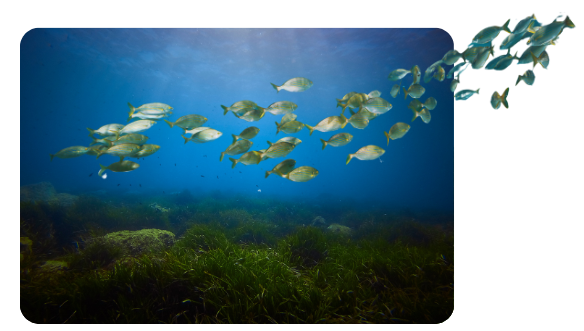Project
Pathways Of Dispersal for Cholera And Solution Tools (PODCAST)

Project Start: February 2019 | Project End: February 2022
Project Funder: NERC
Principal Investigator: Dr Marie-Fanny Racault
Other Participants: Dr James Clark Dr Shubha Sathyendranath Professor Trevor Platt FRS
Image courtesy of the World Health Organization.
Focusing on the northern Indian Ocean, a multidisciplinary team of scientists from India, Japan and the UK bring together multidisciplinary expertise in remote-sensing, modelling, climate, microbiology, genomic and epidemiology to assess the influence of environmental and climate perturbations on the dynamics and connectivity of Vibrio reservoirs and cholera outbreaks.
Cholera is a waterborne epidemic disease in humans. It is a major public health threat, affecting 1.3 to 4 million people each year worldwide, with 21,000 to 143,000 reported fatalities. In the period 2010-2016, the World Health Organisation (WHO) reported cholera cases in more than 80 countries around the world with 57% of the cases from countries bordering the northern Indian Ocean.
The causative agent of the disease cholera, is the bacterial pathogen Vibrio cholerae, found in many coastal, estuarine, and brackish waters around the world. The disease transmission routes include direct human-to-human infection, and human-to-environment interactions.
In the environment, Vibrio bacteria flourish under warm temperatures, moderate salinity and turbidity. The bacteria are found as free-floating forms or attached to living (plankton) and non-living (sediment) hosts, and can be transported through long-distance oceanic corridors by currents, as well as in ballast-waters from ship. To date, despite important efforts in surveillance of cholera epidemics, the major environmental reservoirs of Vibrio bacteria, their connectivity and oceanic transmission routes, their link with climate events, and the associated impact on human health remain largely unknown.
The project PODCAST – Pathways Of Dispersal for Cholera And Solution Tools – funded by the Natural Environment Research Council (NERC) in partnership with Japan Science and Technology Agency (JST) and India’s Department of Biotechnology (DBT), investigated transmission pathways and produced risk maps for cholera outbreaks to help reduce the threat of this waterborne disease for human health.
PML led the PODCAST team to achieve three main objectives:
- Improve understanding of the dynamics and connectivity of environmental reservoirs of Vibrio pathogens and cholera outbreaks in the northern Indian Ocean;
- Characterise the influence of climate and extreme weather events on cholera outbreaks and environmental transmission routes;
- Advance capability to forecast outbreaks in the northern Indian Ocean RIM countries.
